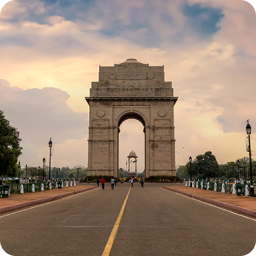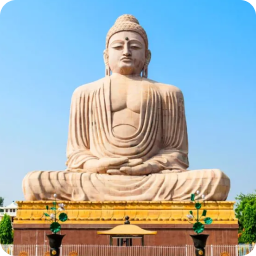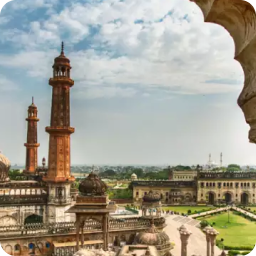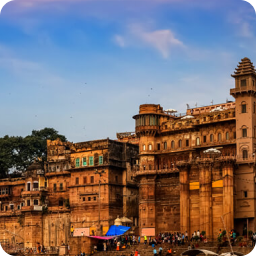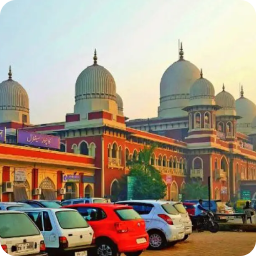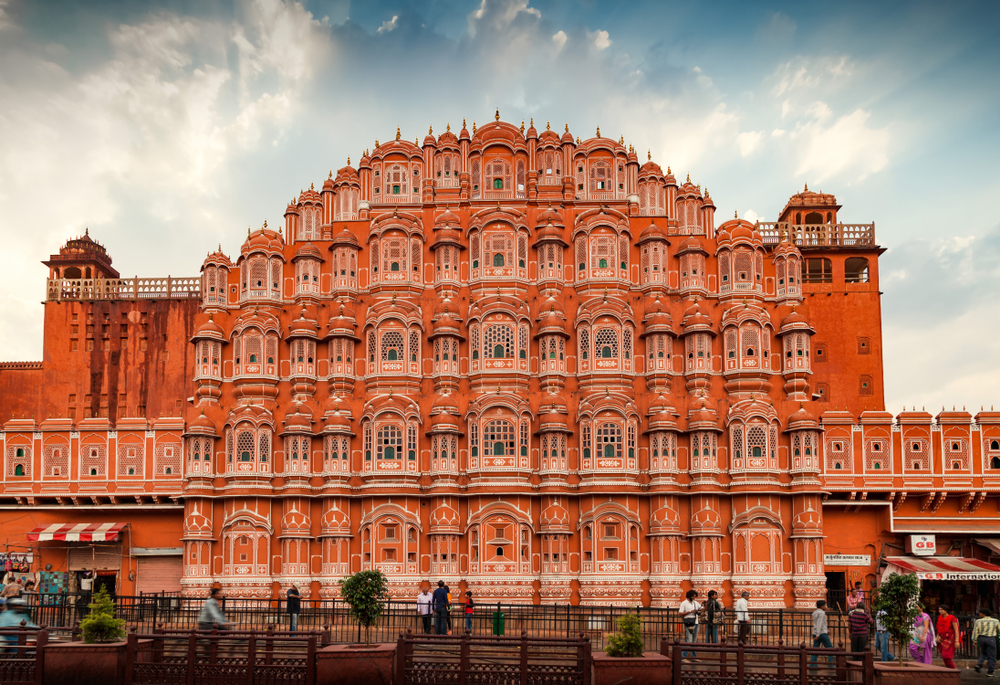UNDERSTANDING INDIA’S TERRITORIES: STATES VS. UNION TERRITORIES |
UNDERSTANDING INDIA’S UNION TERRITORIES: GOVERNANCE AND ADMINISTRATION
- 1 to 4, Part I – Deals with The Union and its Territory – Art. 1 reads – India, that is, Bharat as a ‘Union of States’ rather than a ‘Federation of States’.
- Schedule – 1: Names of the States and their territorial jurisdiction.
- Territory of India – three categories – States + UTs + Acquired Territories
- Territories of the states– 28 state (2020) + 9 UTs (2020) – Andaman and Nicobar Islands (1956) + Chandigarh (1966) + Dadra and Nagar Haveli (1961) + Daman and Diu (1962) + National Capital Territory of Delhi (1962) + Jammu and Kashmir (2019) + Lakshadweep (1956) + Ladakh (2019) + Puducherry (1962)
- Union Territory – Direct control and administration of the central government = also called as Centrally Administered Territories.
- States – The states are the members of the federal system and share a distribution of powers with the Centre.
- Union Territories – Directly administered by the Central government.
- Acquired Territories – Directly administered by the Central government.
- Former Union Territories (Now States): Himachal Pradesh, Manipur, Tripura, Mizoram, Arunachal Pradesh And Goa.
| Also Read: CENTRAL & STATE COUNCIL OF MINISTER: ROLES & RESPONSIBILITIES |
INDIA’S INDIVISIBLE UNITY: STATES’ UNION TERRITORIES & NATIONAL TERRITORY
- The Indian Federation is not the result of an agreement among the states like the American Federation
- The states have no right to secede from the federation.
| TERRITORY OF INDIA | UNION OF INDIA |
| Wider expression than the ‘Union of India’ because it includes not only the states but also union territories and territories that may be acquired by the Government of India at any future time. | It is narrower as compared to territory of India because it includes only states. |
J&K REORGANIZATION 2019: CHANGING STATE DYNAMICS & TERRITORY SHIFTS
- Till 2019, the erstwhile State of Jammu and Kashmir had its own constitution and thus enjoyed a special status by virtue of Art. 370 of the Constitution of India.
- In 2019, this special status was abolished by a presidential order known as “The Constitution (Application to Jammu and Kashmir) Order, 2019”.
- Jammu and Kashmir Reorganisation Act, 2019, bifurcated the erstwhile State of Jammu and Kashmir into two separate UTs –
- UT of Jammu & Kashmir (with Legislature) – Comprises all the districts of the erstwhile State of Jammu and Kashmir except Kargil and Leh districts
- UT of Ladakh (without Legislature)- Kargil and Leh districts.
100th Constitutional Amendment Act (2015): was enacted to give effect to the acquiring of certain territories by India and transfer of certain other territories to Bangladesh in pursuance of the agreement and its protocol entered into between the Governments of India and Bangladesh.
UNION TERRITORIES ADMINISTRATION: ROLES, LAWS, & GOVERNANCE
- Article 239 – 241 in Part VIII
- Administered by president acting through administrator appointed by him
- Administer is an agent of the president not head of state.
- Lieutenant Governor – Delhi, Puducherry, Andaman And Nicobar, Jammu And Kashmir, Ladakh
- Administrator – Chandigarh, Dadra Nager Haveli, Daman and Diu And Lakshadweep.
- Puducherry, Delhi, Jammu and Kashmir – Legislative Assembly and Council of Ministers headed by chief minister.
| Delhi | State legislature can make laws on state list (except public order, police and land) and concurrent list. |
| Jammu and Kashmir | Laws on any subject on state list (except public order and police) and concurrent list. |
| Puducherry | Can make law on any subject on state list and concurrent list |
NOTE: Constitution does not contain any separate provisions for the administration of acquired territories.
PARLIAMENT’S AUTHORITY: LAWS, REGULATIONS, AND CONSTITUTIONAL AMENDMENTS
- The Parliament can make laws on any subject of the three lists (including the State List) for the union territories.
- The President can make regulations for the peace, progress and good government of the Andaman and Nicobar Islands, Lakshadweep, Dadra and Nagar Haveli, and Daman and Diu.
- A regulation made by the President has the same force and effect as an act of Parliament
- The Parliament can establish a high court for a union territory.
7th Constitutional Amendment Act 1956 – Led to creation of Zonal councils in india to advise on matters of common interest.
DELHI GOVERNANCE: POWER DYNAMICS & PRESIDENTIAL INTERVENTION
- 69th constitutional amendment act of 1991 – redisgnated as national capital territory of Delhi
- Strength of legislative assembly fixed at 70 Members – directly elected by people. Council of Ministers fixed at 10%
- Elections conducted by Election commission of India
- In case of difference of opinion of Lt. Governor and chief minister the Lt. Governor refer the matter to the president.
- When a situation arises in which the administration of the territory cannot be carried on in accordance with above provision, the president can suspend their (above provisions) and make the necessary incidental or consequential provisions for administering the territory – resembles article 356
- Governor empowered to promulgate ordinances – Approved by assembly within six weeks from its reassembly.
In the case of difference of opinion between the Lt. governor and his ministers, the lt. governor is to refer the matter to the president for decision and act accordingly.
| Also Read: AMENDMENT OF THE CONSTITUTION PROCESS: UNDERSTANDING CHANGES |
COMPARING GOVERNANCE: STATES VS UNION TERRITORIES IN INDIA
- of India (allocation of business) rules 1961 – ministry of home affairs is nodal ministry for all matters of union territories relating to legislation, finance and budget.
- All the six UT’s without legislature (Andaman and Nicobar Islands, Chandigarh, Daman and Diu, Dadra and Nagar Haveli, Lakshadweep and Ladakh) – have the forum of Home Ministers Advisory Committee / Administrative Advisory Committee (AAC).
- HMAC Chaired by Union Home Minister
- AAC chaired by concerned UT’s administrator
| STATES | UNION TERRITORIES |
| Relationship with center is Federal | Relationship is Unitary |
| Share power distribution with center | They are under the direct control and administration of center |
| Have autonomy | They do not have autonomy |
| Uniformity in their administrative set up
Executive head is Governor |
There is no uniformity in administrative setup |
| Governor is constitutional head of state | Executive head is known by various designation:
|
| Governor is constitutional head of state | Administrator is agent of the president |
| Parliament cannot make laws on the subjects of state list in relation to states except under extra ordinary circumstances | Parliament can make laws on any subject of the three list in state list in relation to union territories |
| Must Read | |
| NCERT Notes For UPSC | UPSC Daily Current Affairs |
| UPSC Blogs | UPSC Daily Editorials |
| Daily Current Affairs Quiz | Daily Main Answer Writing |
| UPSC Mains Previous Year Papers | UPSC Test Series 2024 |






